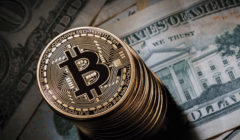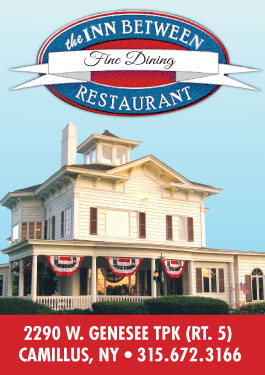Blockchain
Remember Bitcoin?
It’s not gone, exactly, but it didn’t replace currency or regular, on-the-grid exchanges of “money” as predicted. (Though reports of its demise are greatly exaggerated, and it continues to make strides into real world “monetary” exchanges.)
Let’s take a (very short) dive into “money,” though fair warning: I’m no financial expert and I find a lot of this confusing, so to a degree, I’m writing this article as much for myself as for you, dear reader.
Once upon a time there was no “scrip,” or paper money. There might be a written “I owe you,” or promissory note – but actual value was in goods, particular goods that were durable.
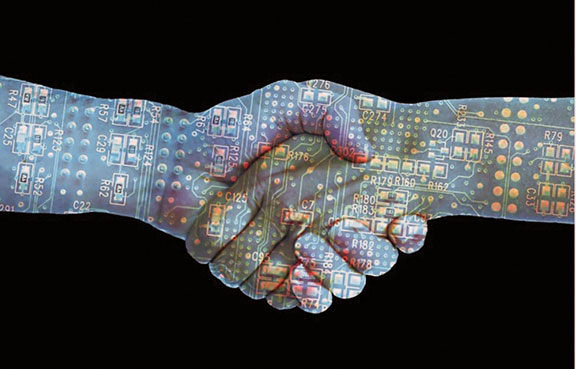
You can enter into the Bitcoin world with something as simple as selling a book and accepting Bitcoin in exchange.
Sure, you might be “paid” or goods or services in salt (hence the term, “salary,” as salt once had enormous value for flavoring and preserving food), or you might be paid in bushels of food stuffs, like barley or wool.
And of course, treasure in the form of gold, jewels, weapons and that type of thing had both intrinsic value, and value as a signal of wealth and power. Governments stamped bits of gold and silver with the likeness of an emperor that could be used as buying power: I’ll give you this stamped bit of gold in exchange for a tankard of ale. (Of course, the bit of gold needn’t be stamped, but it was a way of assuring that the bit of metal was gold.)
Eventually, banks were established. The banks kept the treasure, presumably under carefully protected control. And in exchange, the banks issued notes that people could trade – whoever held the note at the end of a series of trades could, if he chose, take it to the bank that issued the note and demand its value in gold (or silver, or whatever the “standard” might be).
Finally, the governments of various nations took it on themselves to grant a “charter” to a given bank to print and control the paper that was issued. This bank became the central, or official, bank of that government – and each nation had its own paper money. I won’t wander off into counterfeiting and all the problems attendant with paper money – but when things got really complicated was when “money” (paper scrip) was divorced from actual, physical gold held in the vaults in a bank (or a treasury) and became mere representation of a share in the presumed wealth of a nation. The paper, and more so the coin, took on a power of its own as representative of some assumed value; if the assumed value declined, the paper you held could buy less, and of course vice versa.
Now, enter credit cards. A credit card could be used as your promissory note: give me the goods and I promise to pay. But all the messy details of the actual transfer of wealth from me to you in exchange for the good I accept today are kept in great, invisible ledgers, once literal ledgers and now just bits and bytes in encrypted “vaults” of information – and for each transaction, the credit card issuer skims a thin slice of the transaction for the convenience of two parties not having to actually trade paper money.
Paypal and other services rose up to challenge credit cards, or more precisely debit cards, in that they linked a transaction directly to a bank and the buyer was debited immediately, the seller was credited immediately, and the entire exchange was done with relative security.
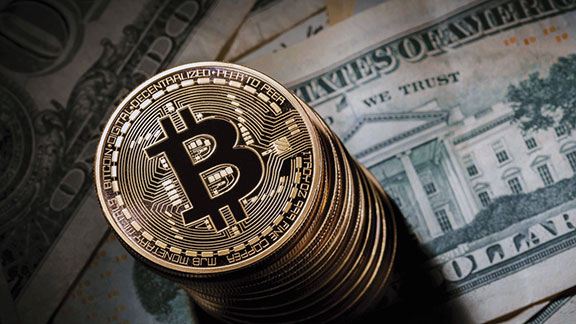
Bitcoin is, essentially, the first decentralized digital currency (no bank, no central repository – and importantly – no single administrator).
Along comes Bitcoin. Bitcoin is a worldwide cryptocurrency; a cryptocurrency is a digital medium of exchange (money that’s just bits of information, nothing “real”). Bitcoin is, essentially, the first decentralized digital currency (no bank, no central repository – and importantly – no single administrator). It is nation-free, bank-free exchange.
The Bitcoin system is peer-to-peer (do you remember when we traded music that way and drove the music industry daft? You could put a song, digitally, in a “location” which, if I had the location, I could download, sometimes having to upload some music from my stash in exchange). Bitcoin isn’t identical, but the concept of peer-to-peer is the same: there is no middleman.
You have something I want, you accept Bitcoin, I have a store of Bitcoin, and I transfer some to you in exchange for whatever that thing of yours is that I want. In so doing, I bypass things like taxation (on my wealth, on our exchange) regulation (you’re too young to buy that item!), and a public record accessible by The Authority.
Records are kept of these exchanges on distributed ledgers (which is to say, bits and pieces of the ledger are scattered and housed, redundantly, on a variety of computers, as packets of information, with instructions on how to assemble themselves into something coherent when called upon to do so. The public distributed ledger is called a blockchain.
“Approximately six times per hour, a new group of accepted transactions, a block, is created, added to the blockchain, and quickly published to all nodes. This allows bitcoin software to determine when a particular bitcoin amount has been spent, which is necessary in order to prevent double-spending in an environment without central oversight. Whereas a conventional ledger records the transfers of actual bills or promissory notes that exist apart from it, the blockchain is the only place that bitcoins can be said to exist in the form of unspent outputs of transactions.” (Wikipedia)
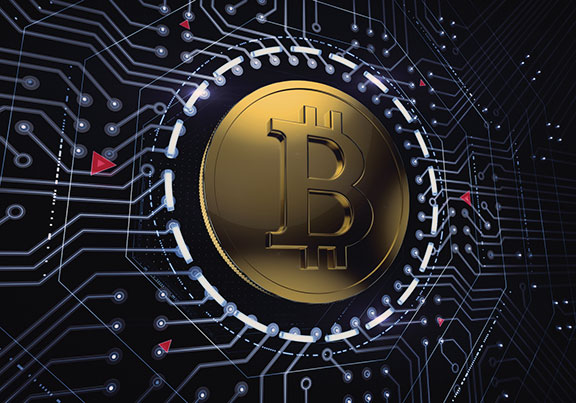
Bitcoin is, essentially, the first decentralized digital currency (no bank, no central repository – and importantly – no single administrator).
You can enter into the Bitcoin world with something as simple as selling a book and accepting Bitcoin in exchange. Now you have some Bitcoin – a non-governmental, non-physical “value” that exists on a digital ledger can which can be exchanged for other stuff where Bitcoin is accepted.
As the system that enabled Bitcoin, the extended usefulness of a blockchain became readily apparent.
“Each “block” typically contains a hash pointer as a link to a previous block, a timestamp and transaction data. By design, blockchains are inherently resistant to modification of the data. A blockchain can serve as “an open, distributed ledger that can record transactions between two parties efficiently and in a verifiable and permanent way.” For use as a distributed ledger a blockchain is typically managed by a peer-to-peer network collectively adhering to a protocol for validating new blocks. Once recorded, the data in any given block cannot be altered retroactively without the alteration of all subsequent blocks, which needs a collusion of the network majority.” (Wikipedia)
Because of their inherent security —among other things there is no “there” there; like the Internet itself, the information is broken into addressable parts, distributed redundantly, and can be reassembled when required— blockchains are suitable for event recording, medical records, and other records management (like identity), or even food traceability (where was this lettuce grown and how did it get to your grocery store or restaurant?) and certainly for medicine and vaccination lots and other information storage and retrieval where there is a clear benefit to the properties of a blockchain.

